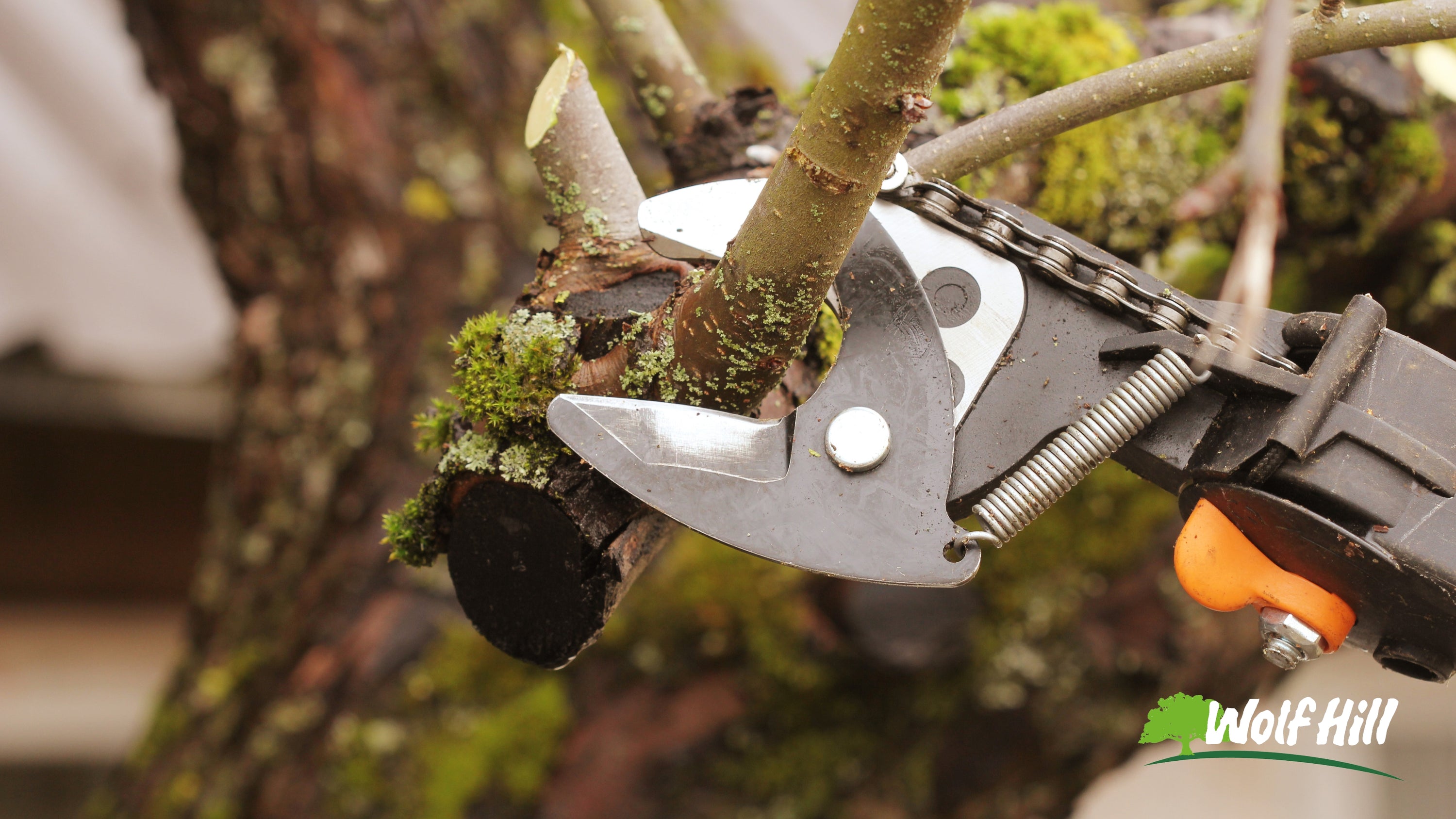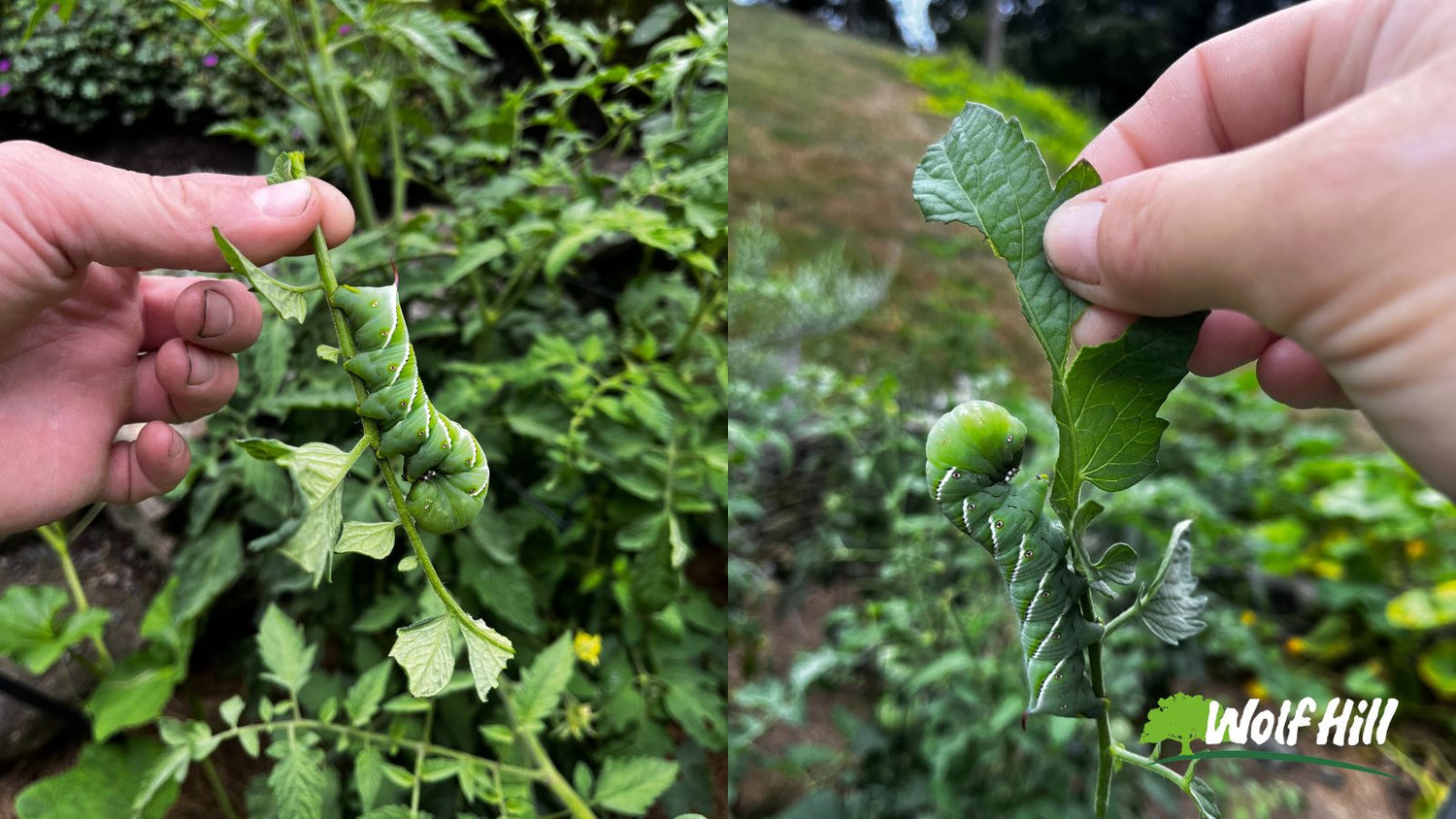Written by Nate Hopping, Tree & Shrub Manager
As we fast approach spring, there are a few garden maintenance tasks that are likely on many folks' minds, and rightfully so. Beyond the obvious tasks like yard clean-ups, raking, and planting bulbs, there are a few that require a more guided approach.
Pruning is arguably the most significant of these tasks. Late winter and early spring present phenomenal opportunities for pruning plants, as the absence of leaves allows for easy visibility of the plant's structure. During this dormant period, plants are less sensitive to material loss and the shock that can follow. Additionally, many pests and pathogens are subdued by the lingering cold, allowing fresh wounds more time to heal.
When pruning, gardeners should consider the aptly named "Five Ds":
Dead, Dying, Diseased, Deranged/Disfigured, and Damaged.
These are the types of branches that should be removed. Deadwood takes up space that could otherwise be used for new growth, air flow, or improved form/aesthetic. Similarly, removing dying wood can prevent disease from progressing further into the crown of the plant. Deranged/disfigured branches, which may appear unsightly or grow in unwanted directions, along with damaged branches, also require removal to ensure a healthier, better-shaped plant.
For fruiting trees, gardeners may opt for structural prunes to strengthen areas that will bear fruit or to maintain the specimen's size, as well as reductive prunes at certain stages of the plant's lifespan to limit fruit on specific branches.
However, certain plants, especially those that bloom in spring, should not be pruned during this time. These include, but are not limited to, Dogwoods, Redbuds, Rhododendrons, Azaleas, Forsythia, Flowering Quince, Flowering Cherries, and Lilacs. Plants that only flower on old wood, like Hydrangea macrophylla (Large Leaf, Mop Head, Hydrangeas), require careful consideration before pruning to avoid impacting their blooming. Pines should also be avoided during late winter/early spring, with the best pruning time being June and July when new growth appears.
The ideal day for pruning is cold and dry, but be mindful that excessively cold temperatures (below freezing by more than 5 degrees) can cause the wound to desiccate and dry out, leading to damage. In some genera like Maples (Acer), Birches (Betula), and Beech (Fagus), pruning might trigger excessive sap bleeding.
For actual cuts, ensure the use of proper pruners; bypass pruners are best, as anvil pruners can crush and deform wood. For larger limbs, a handsaw should be used to prevent unnecessary damage. It's important that your pruning tools are sharpened and cleaned before use and disinfected between plants.
Cuts should be made as close to the branch collar as possible without damaging it, ideally at a forty-five-degree angle. Smaller material can be removed to the nearest intersection or node that faces away from the center of the plant, promoting growth away from the central leader and reducing crossing branches and improving airflow. Larger material requires a three-step cutting process to prevent bark stripping.
While prune sealer and wound paint can be used, it is usually best to allow the plant to heal on its own if the weather conditions are favorable (i.e., dry, windy, temperate). If excessive moisture is in direct contact with the wound, it may be best to shelter the cut for several days before applying a sealer of some kind.





